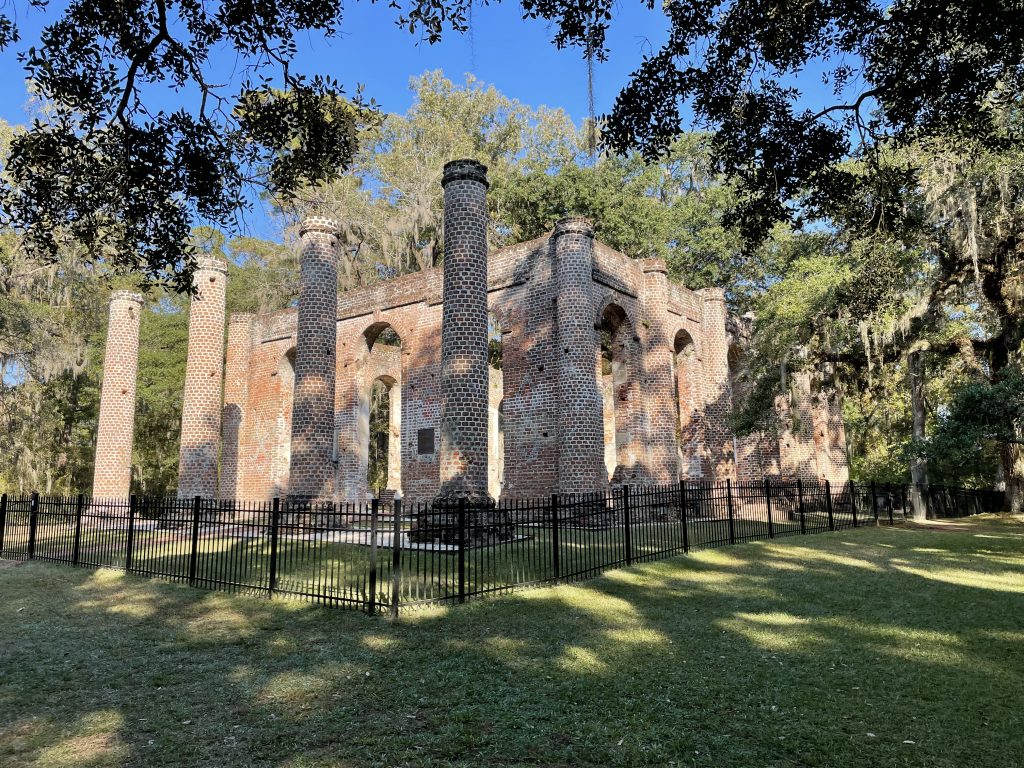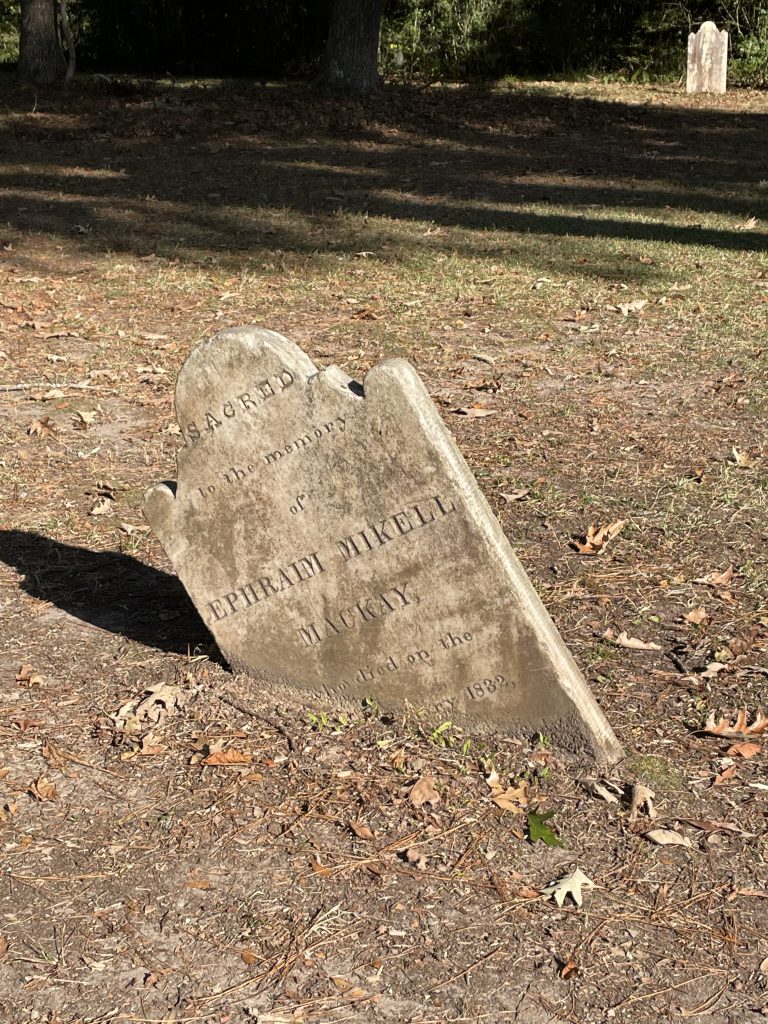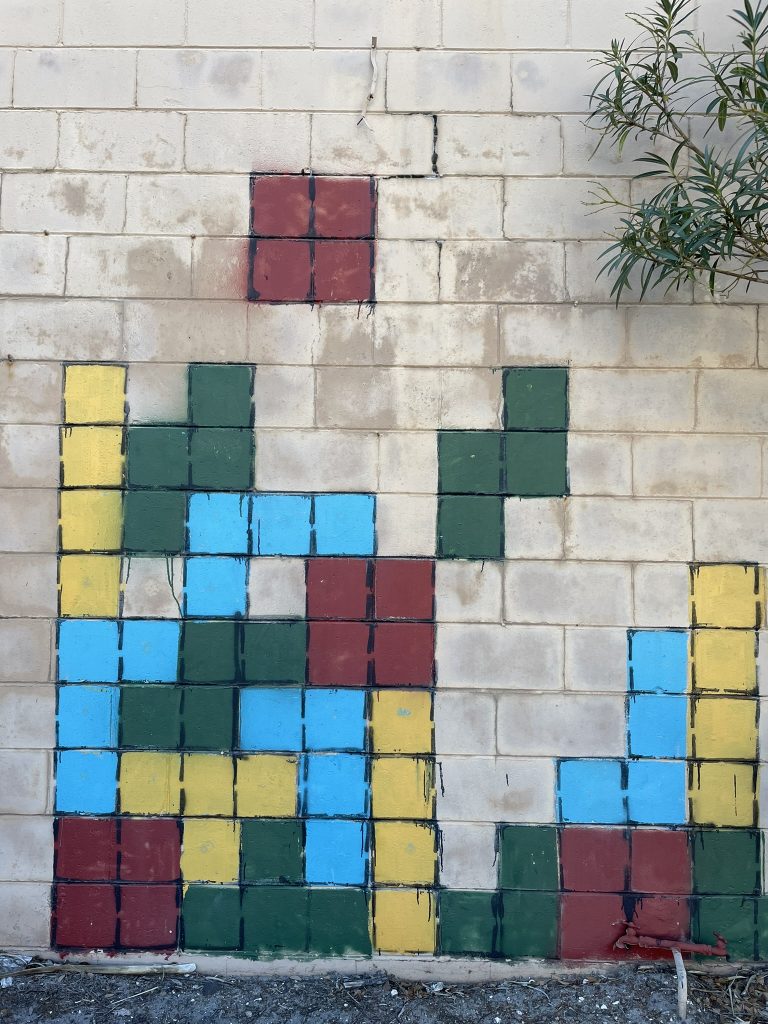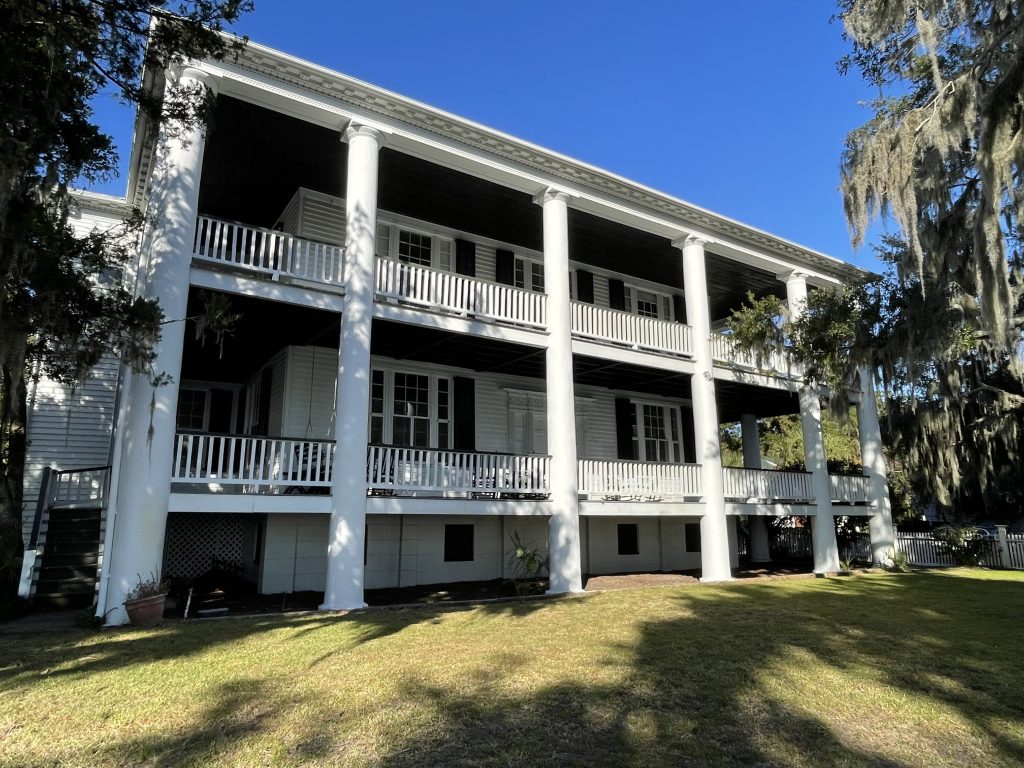Beaufort, South Carolina, has a lovely historic downtown district that sits along the Beaufort River and features many stately mansions.
We had read that many of the porches have ceilings painted “haint blue,” so we were on the lookout, and it turns out that examples were easily found. It is a Gullah Geechee tradition to paint the underside of the porch roofs in order stop evil spirits from entering the home, as the blue sky or water confuses them.

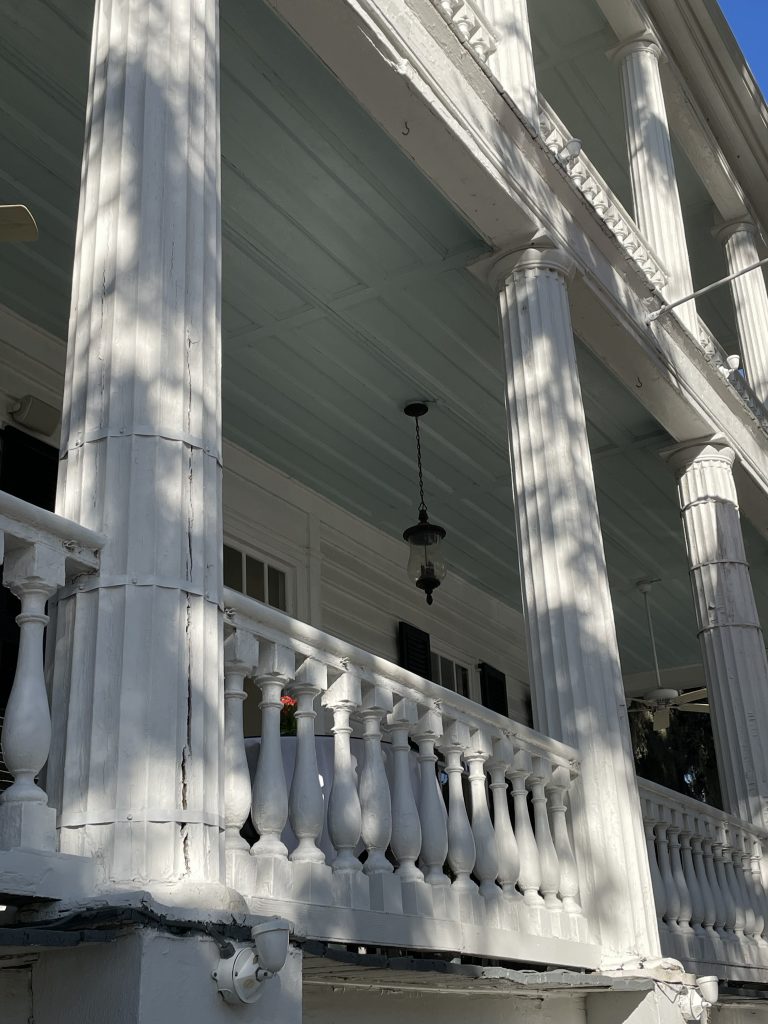
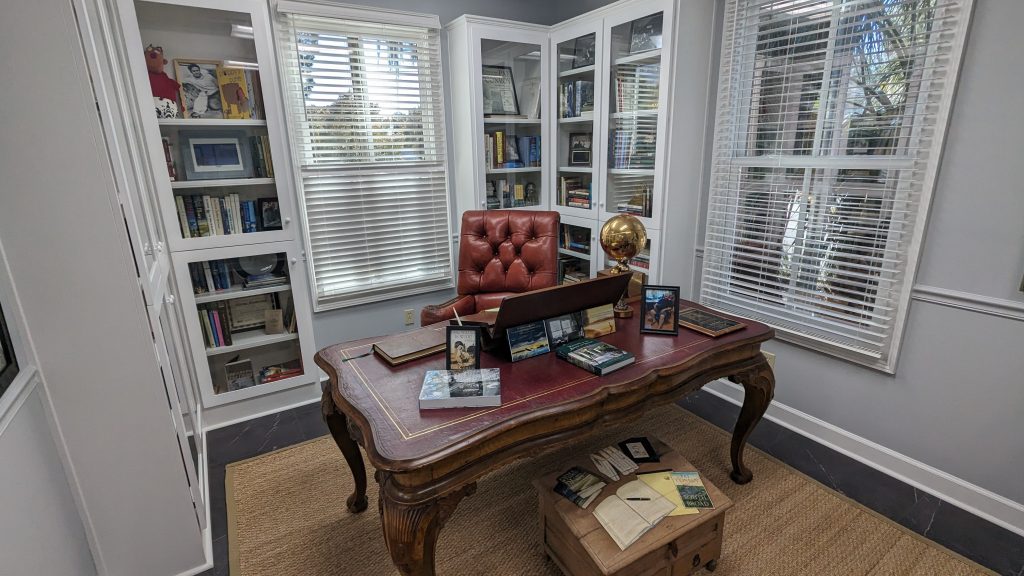
Ever on the lookout for literary sites for Doug, we stopped into the Pat Conroy Literary Center in Beaufort, where Conroy lived in or near for his entire life. The building itself had no connection to Conroy (other than it was formerly the law office where his mother obtained her divorce from his father!), but it had a number of displays and artifacts related to his life and work. Many books from Conroy’s personal library was on display, and Doug was happy to spot several volumes by Anthony Trollope on the shelves.
Conroy is best known for writing The Great Santini, The Prince of Tides, and Beach Music, all of which were made into popular and memorable films.
We listened to the audiobook of The Water is Wide, his memoir about his year teaching forgotten black children on isolated South Carolina island. It felt like stepping into the community we visited at Pin Point. Later, we visited The Citadel which Conroy attended and based his novel The Lords of Discipline on his experiences at the military school.
The Center has an active program in supporting emerging writers and encouraging reading by young students.
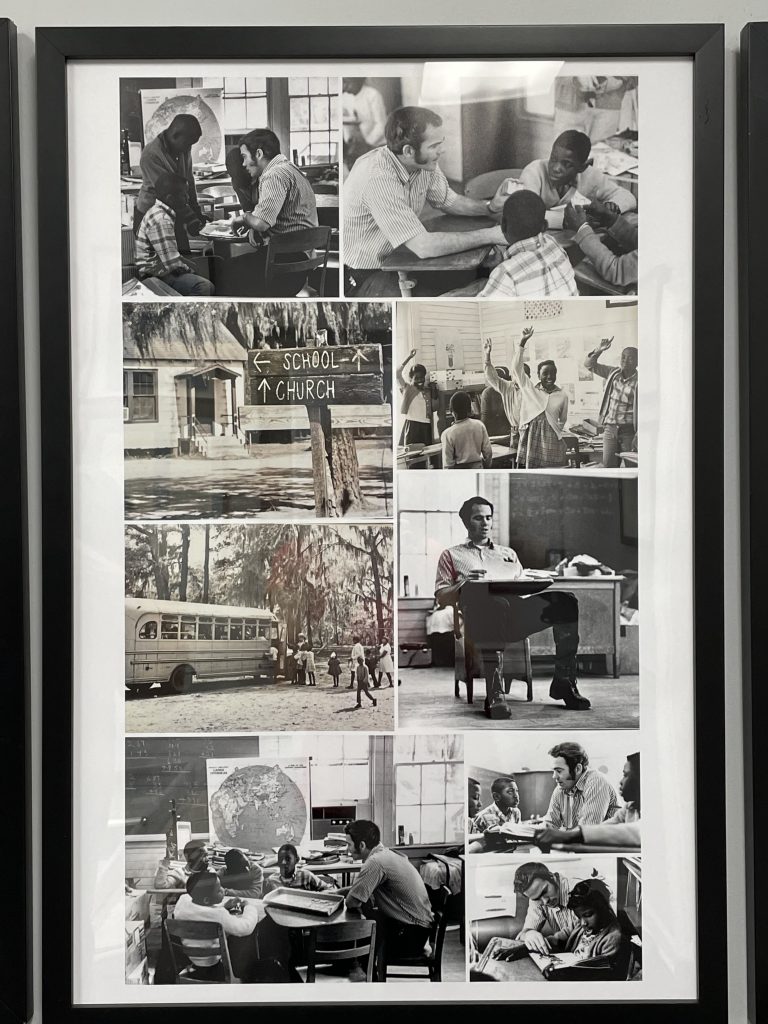
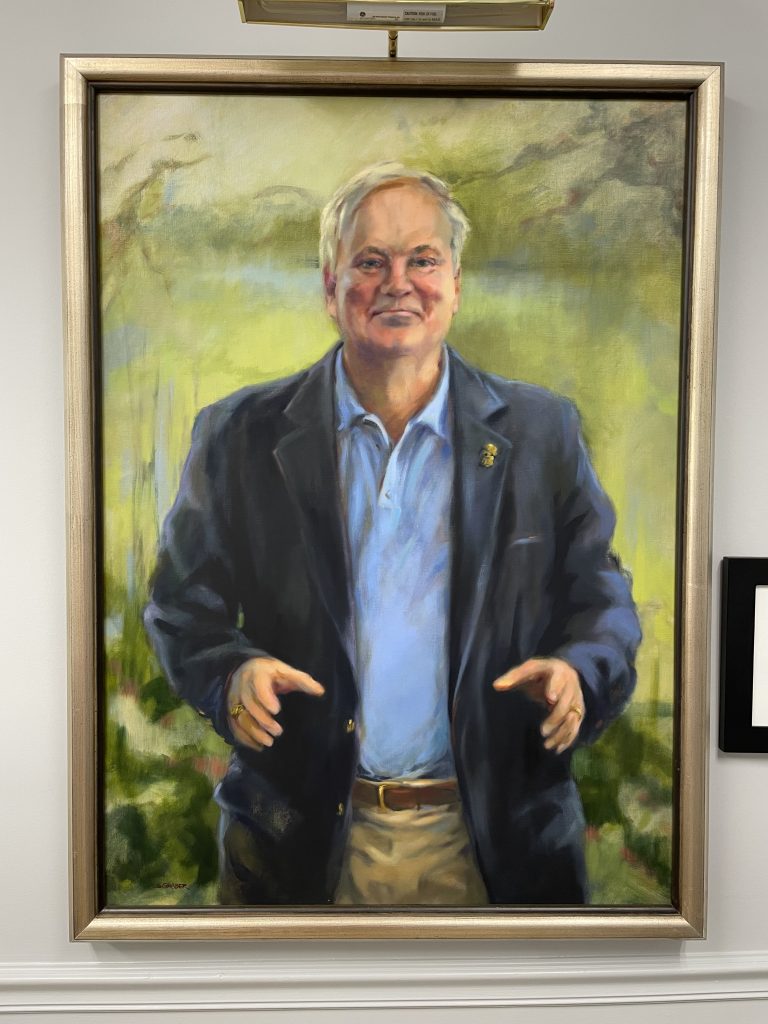
The Old Sheldon Church Ruins are north of Beaufort. The English Georgian church, more properly known as Prince William’s Parish Church, was built in the 1750s. It is believed to have been partially burned in 1779 by the British during the Revolutionary war, patched up, then gutted in 1865 during the destruction wreaked by General Sherman’s troops during the Civil War. However, the actual history is really not so clear about how the church came to its demise. The grounds were lovely and I always like a good ruin, so that’s enough for me.
